Category: Uncategorised
-
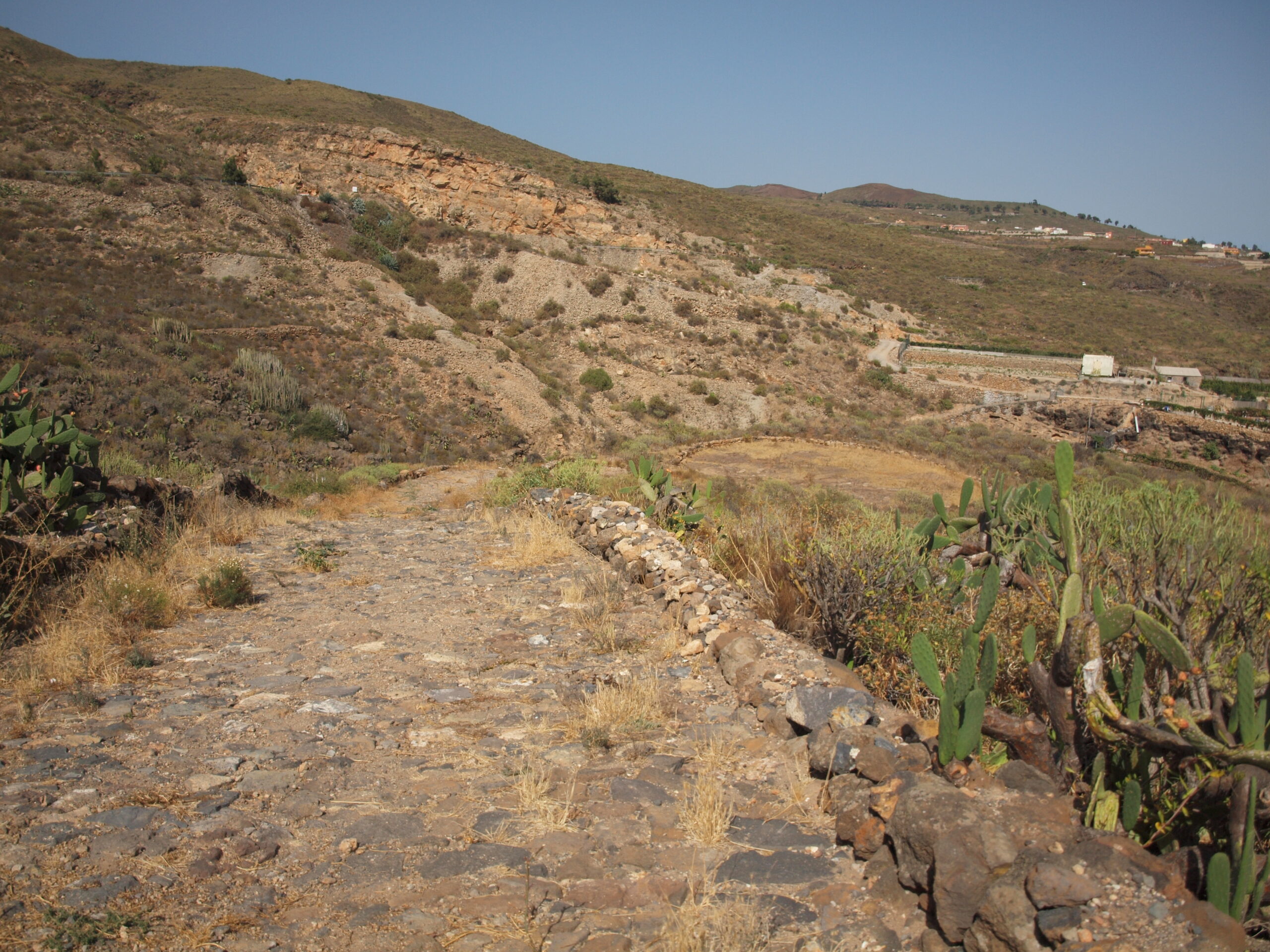
PR-TF 83.5 Camino Real Granadilla-San Miguel
The Camino Real del Sur was built in the second half of the 16th century to communicate the capital with the main towns in the south of the island. This trail is an opportunity to get to know the cultural and ethnographic heritage associated with this important communication route. The route starts at Las Aguilillas…
-
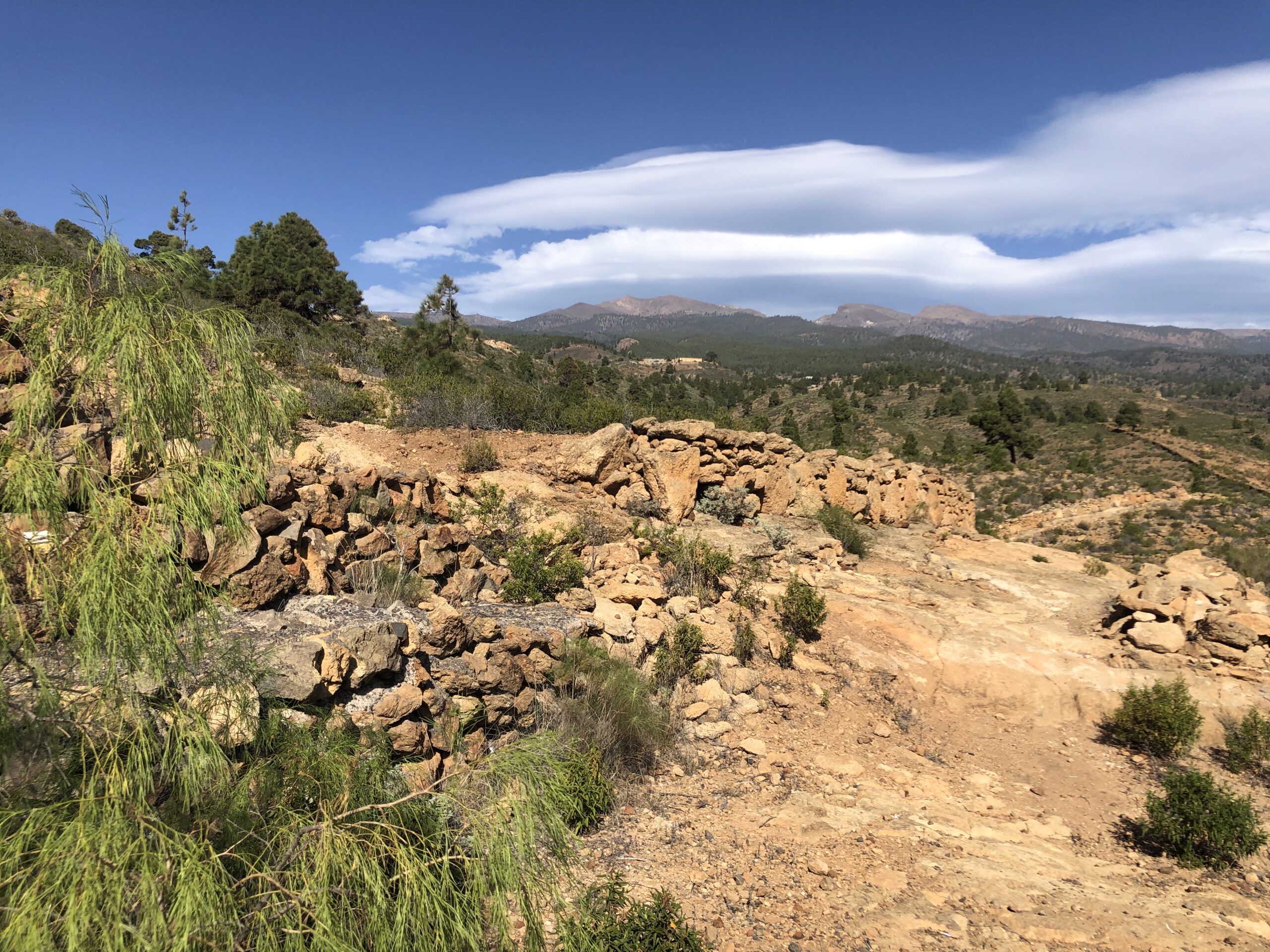
PR-TF 83.4 Camino Real Granadilla-Las Vegas
This trail connects the urban center of Granadilla with the hamlet of Las Vegas, the first population center of the municipality. Before the arrival of the Carretera General del Sur in the fifties of the 20th century, the internal communications between the villages of the lower midlands and the exchange of products was articulated mainly…
-
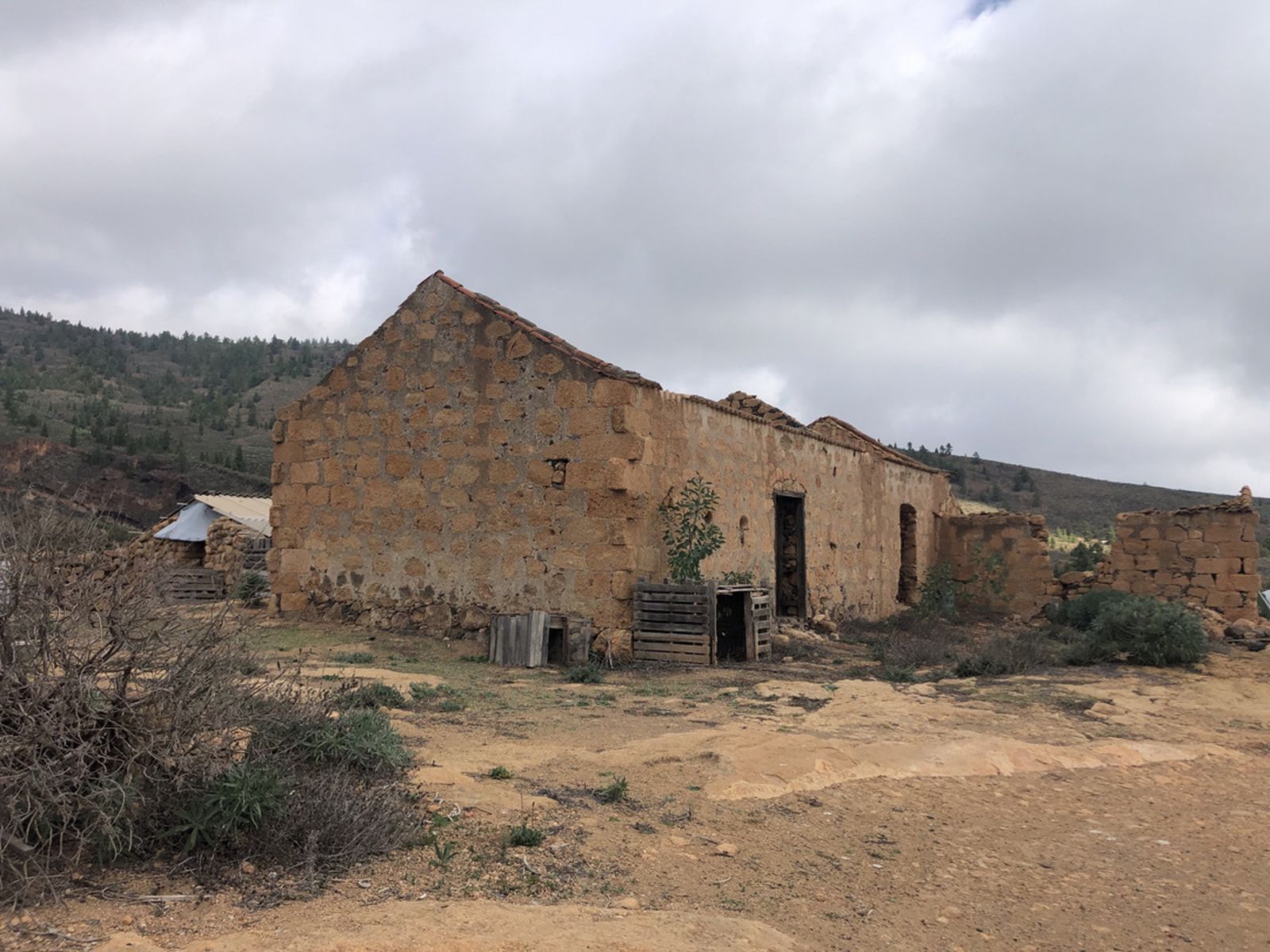
Casa del Seco
El Seco owes its name to an ancient pine tree. This house, the wide hill on which it stands and many other elements of the place, such as various fountains, the path and the threshing floor, take their name from the Pino Seco, an ancient Canary Island pine tree. The area was mainly devoted to…
-
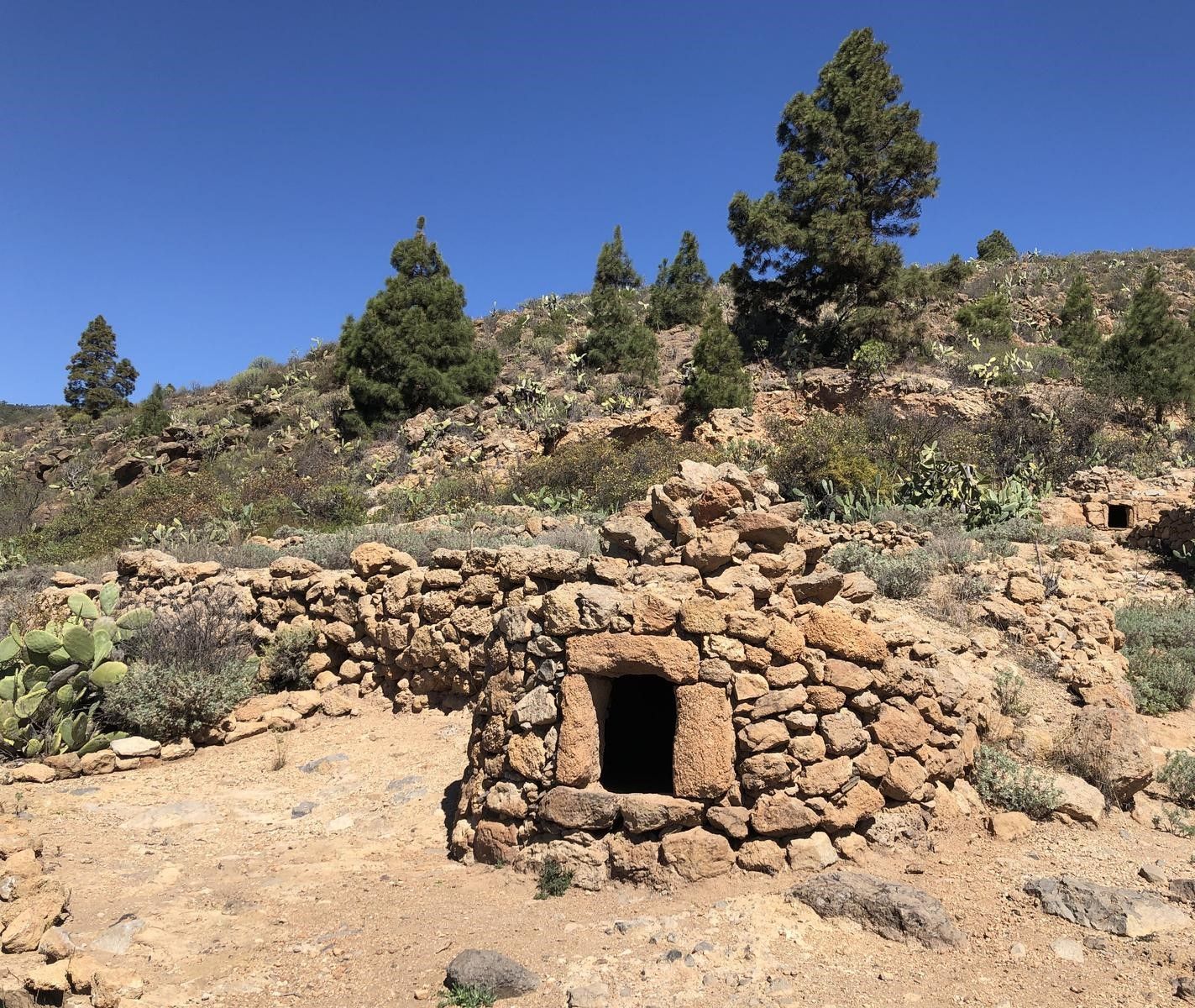
Horno de secar fruta
A way of preserving food in an area rich in fruit trees The need to preserve food all year round meant that different techniques for drying fruit were practised in the south. Ovens were essential for this purpose. Las Vegas, being an eminently agricultural settlement, lived from various crops, mainly cereals, where fruit trees also…
-
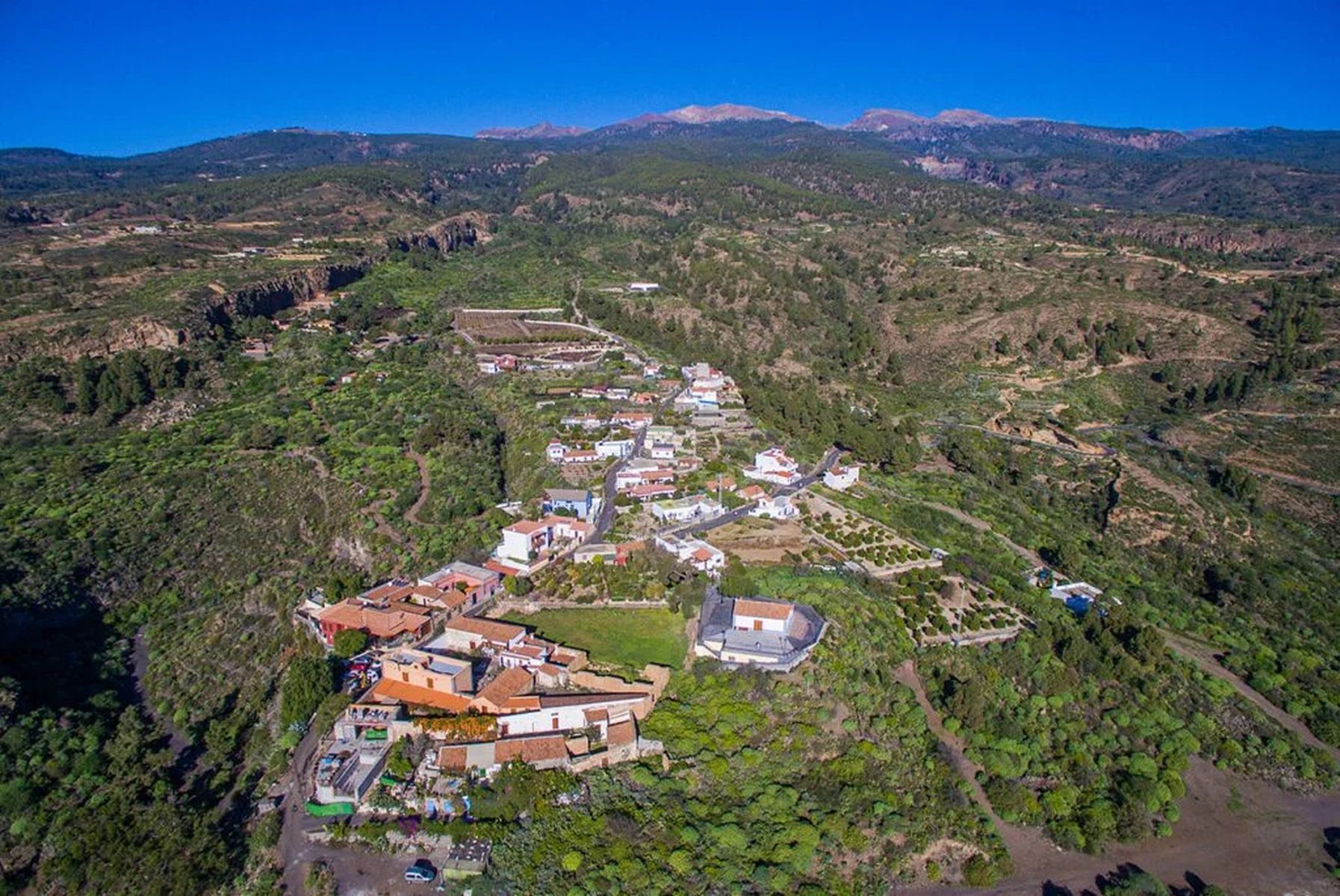
Las Vegas oasis de fertilidad
In Las Vegas, an oasis of fertility was found in the arid south of the island The origin of “Las Vegas” is linked to the fertility of its farmland. But what is a vega? It is a low, flat and fertile part of the land that is periodically flooded as a result of rainfall. If…
-

Era la Abejera
Threshing floors like this one remind us of the importance of cereal cultivation in the past The midlands of the south of Tenerife are dotted with threshing floors that remind us of the importance of cereal production for feeding the population. In the seventies of the 20th century, the arrival of tourism and massive food…
-
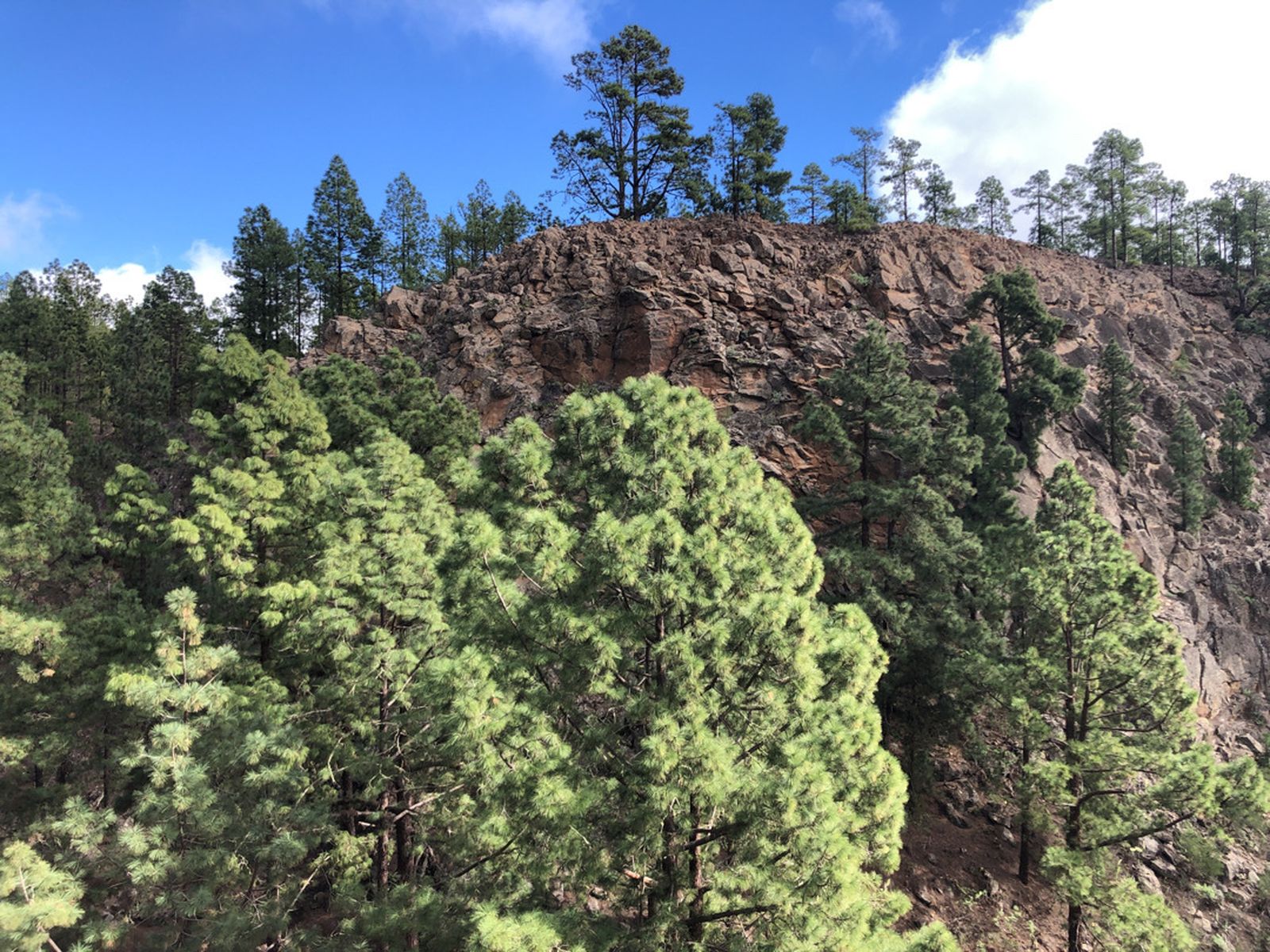
Risco del Muerto
A volcanic eruption changed the relief of the Las Vegas area After the Castilian conquest, the water and fertile land of Las Vegas boosted the settlement of the population, but is there a secret ingredient behind such fertility? From the subhistoric eruption of La Arena Mountain, located some 8 kilometres above, a huge basaltic lava…
-
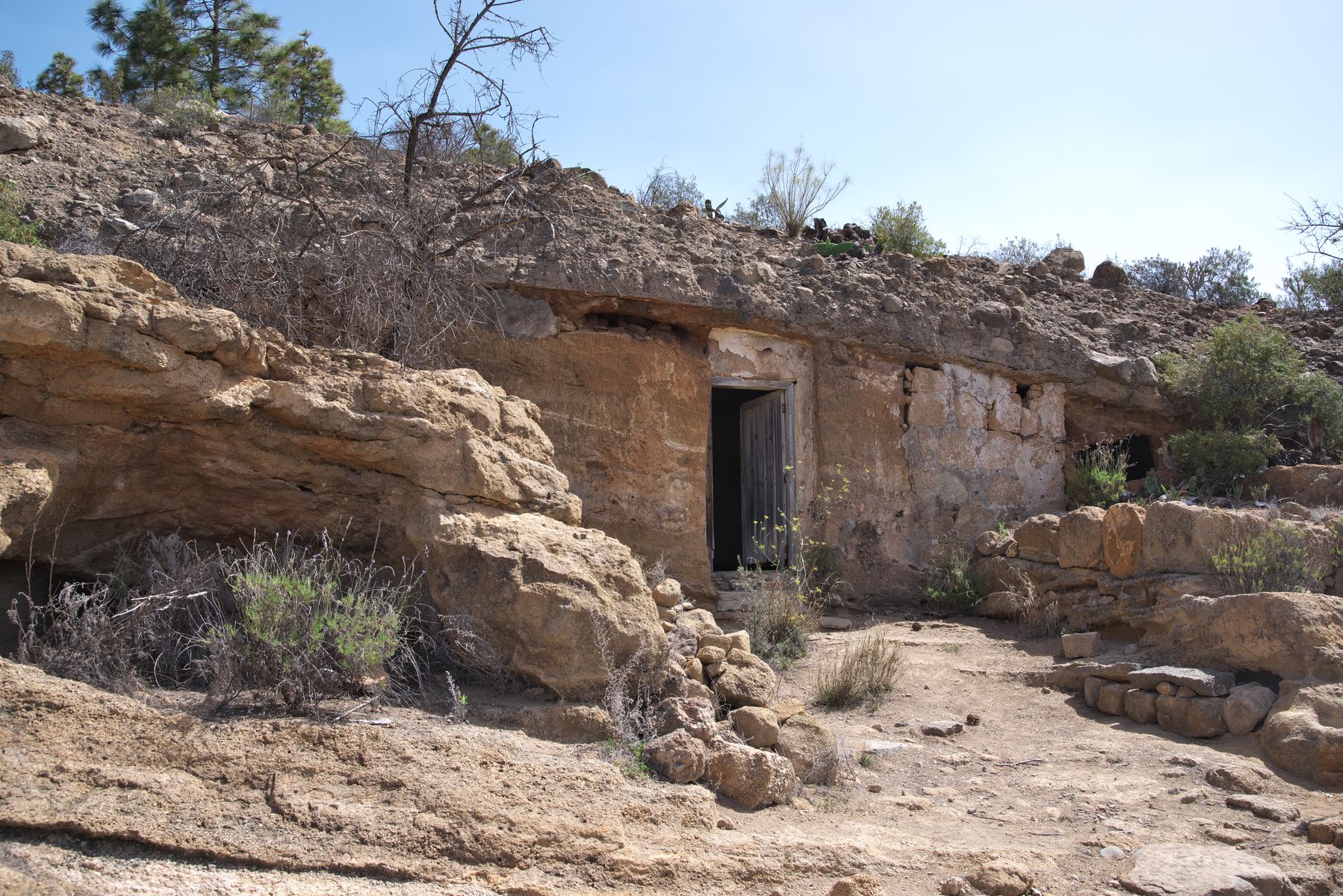
Las casas cuevas
A settlement with basic resources for life Since pre-Hispanic times, the ravines were places where nature provided much of what was necessary for human subsistence: water, shelter and food. If you look closely, on this hillside opposite, you can see a form of dwelling that was very common until recently: the cave-house. The geology of…
-
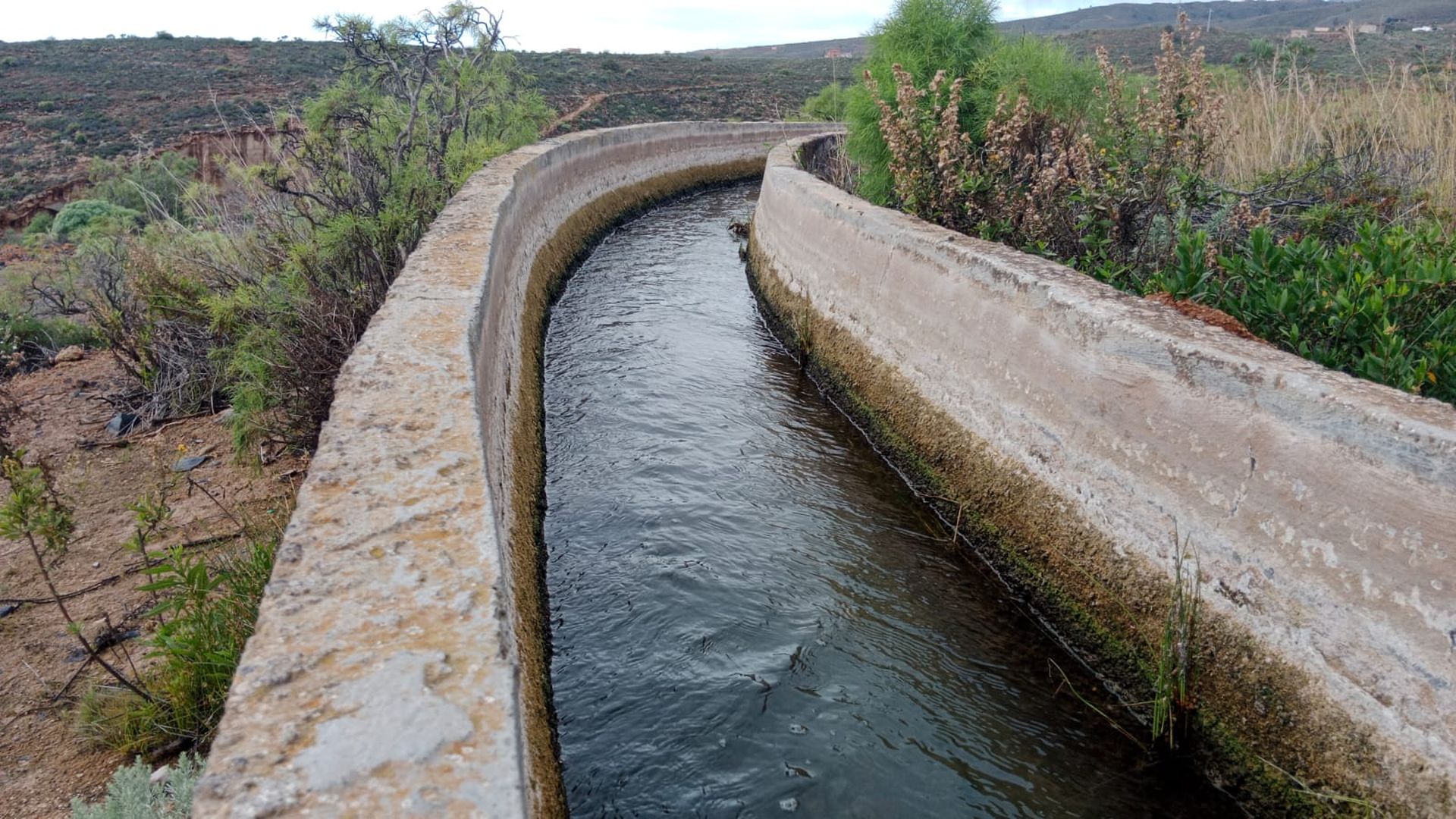
Canales o tajeas
This network of arteries increased the prosperity of Las Vegas. The master stonemasons worked hard to build the network of tajeas, or irrigation channels, that irrigate Las Vegas. It is surprising how many of these channels were carved directly into the outcrops of tuff or volcanic tuff. To prevent infiltration, basalt slabs were used to…
-
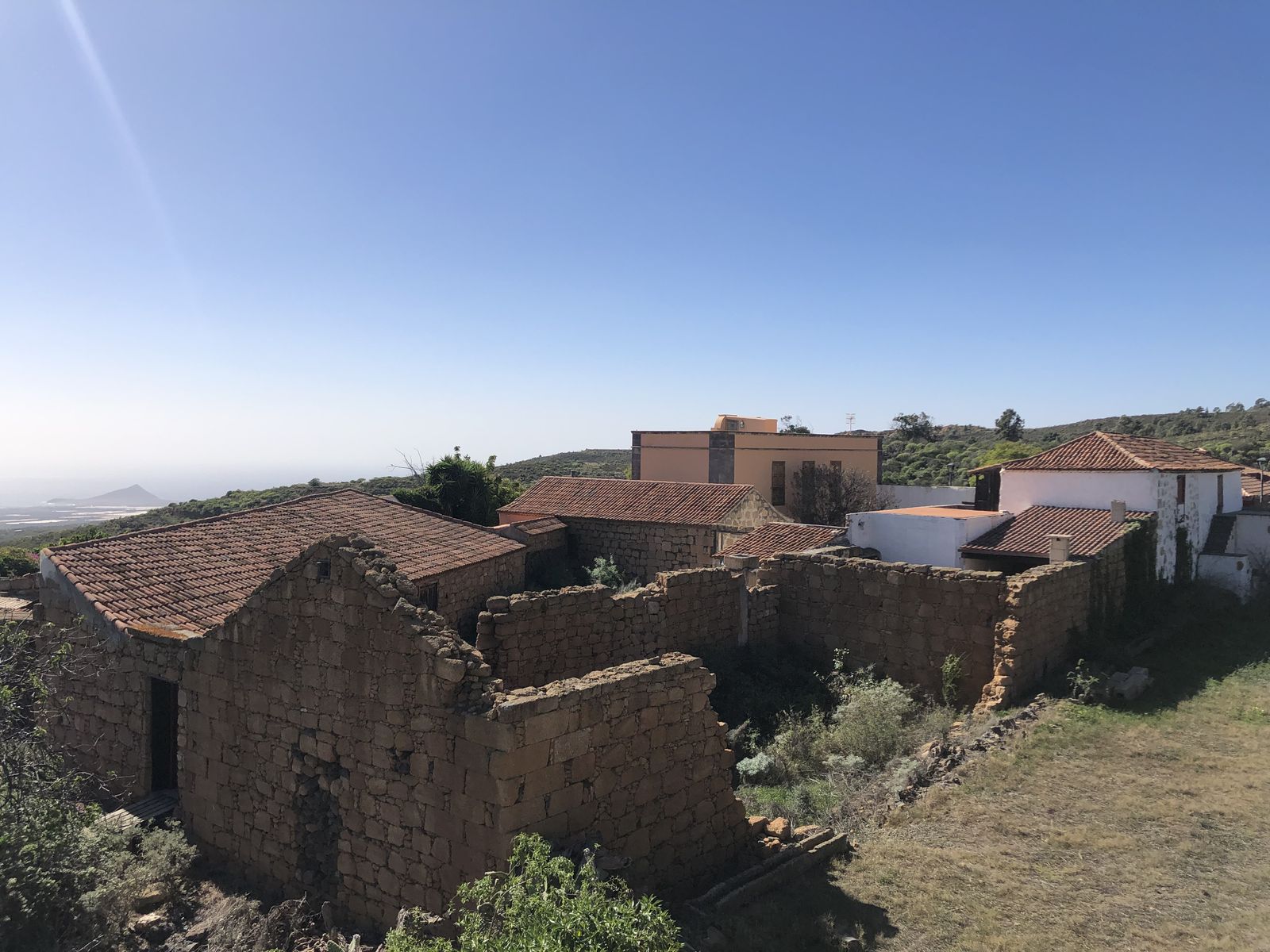
Casa de Los Guimerá
The oldest house in the village was built in the in the 16th century and was used as a tobacco dryer in the 19th and 20th centuries After the conquest, Las Vegas initially belonged to the Duke of Medina-Sidonia, passed into the hands of the Basque Juan de Gordejuela and, later, to the Augustinian nuns…
